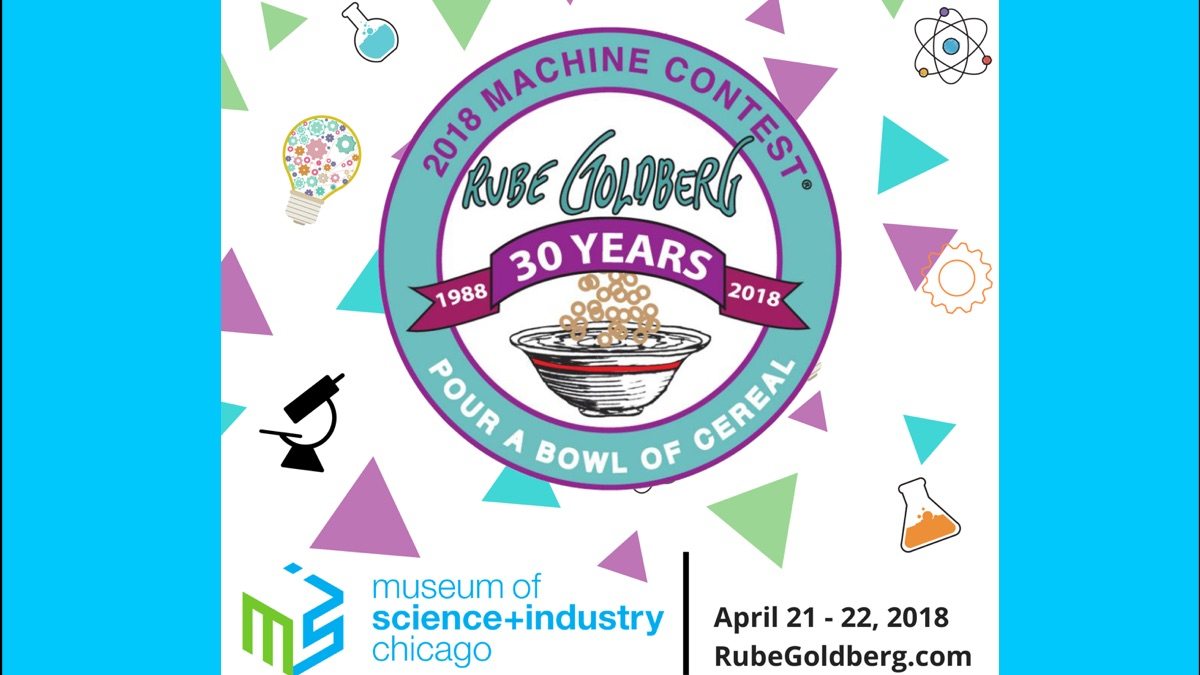
I overheard a conversation recently where someone—one of those pro-STEM people—was dismissing the arts.
He proudly recounted a discussion with his child’s high school English teacher where he told her that he didn’t care if the child didn’t read a bunch of novels because they weren’t going to serve him in life. Indeed, he was proof positive that you can do just fine in life—with a nice house, a nice car, and kids attending good schools—without ever bothering with the arts. Why then do we torture kids with them?
I’d like to say that I turned to him and put him in his place, but, well, I didn’t. I chose instead to walk away. I was at a party (at someone else’s house) and wanted to enjoy myself (and not be an obnoxious guest). Still, I can’t help thinking that I had an opportunity, and I blew it.
My husband told me I needed to stop taking these conversations personally, and I know he’s right. But it’s hard. I get that the arts don’t pay. I understand that to afford college tuition I have to secure a job using my STEM degree rather than my MFA. Which totally reinforces what that guy says. The whole societal disregard for the arts further buoys his stance. I would be just fine if I just ignored my creative inclinations and focused on programming. And while I love computer science, I think I’m a better STEMist because of my creative side, not in spite of it.
But this post isn’t about me. It’s my feeble attempt to address those that think there is no value in the arts. To those who believe that the classes that focus on “soft skills” and excessively dwell in conversations about what the author was thinking, what characters are feeling, what stories are talking about, and what worldly lessons we can extrapolate from the carefully constructed narratives in works that take years to perfect, consider Hamilton.
I learned about the American Revolution when I was growing up. I learned about the formation of our government and memorized the names of different key players in our history. I read the textbooks, answered the questions, took the tests, and moved on to learning about chemical reactions, verb conjugations, and algebraic equations.
Nothing had a deeper meaning; it was all simply a collection of things I was expected to learn. I’m fairly certain I’m not the only person to have felt this way about education.
Flash forward many years, and along comes Hamilton (the musical by Lin Manuel Miranda, not the man). Now, I don’t mean to disparage textbook writers or other efforts that have been made through the years to make history more engaging. This post equally applies to all such efforts.
Lin Manuel Miranda, according to interviews, was on vacation reading Ron Chernow’s historical tome, Alexander Hamilton, when inspiration struck. In Miranda’s mind, a vision formed connecting the dry factual accounts in the book to music.
The personalities jumped from the page for Miranda—along with the backstory, rising action, conflict, climax, denouement—and a compelling story formed. Rap battles, dancing, humor, a love triangle, a duel for crying out loud—Hamilton: a Musical is an engaging show.
History is full of engaging stories, with many lessons to learn (beyond dates, names, and locations of key battles).
There have always been those students who do engage with their lessons, but with more engaging material that delves not only into the who, what, when, and where, but also helps students of all ages consider why. Getting people to think more deeply about a topic, and making connections between disparate topics help develop critical thinking skills.
Case in point: fans of Hamilton have delved into theoretical discussions about how history may have been affected had certain events yielded different outcomes. People are eagerly visiting historical sites, and are feeling encouraged to explore their own creativity.
So why do we have the arts?
Simple answer: to connect with humanity.
Literature allows you to see the world—and experiences—through someone else’s eyes. It allows you access into the deepest fears, desires, and inner truths of someone who is not you. It allows you to experience different times, places, cultures, and mores without having to drop a fortune in travel (and without a time machine).
It helps enrich the human experience by helping add shades of gray to answer questions that you would otherwise perceive as black and white. It adds nuance to your understanding of humanity. In short, literature encourages empathy.
The arts help to enrich the human experience and to aid in connecting people to one another. The arts make pursuing the sciences worthwhile.




Nivi, History and the arts are, as you rightly say. a key to understanding and analysis. To anyone that claims to have no interest i n the arts, a simple question may suffice: “So you don’t watch television and films [movies].”
People do not realise how much the arts affect their lives; the items they handle, the clothes they wear. Or even the typefaces they read.
But, bear in mind, not everyone is interested in the arts, just as everyone is not interested in being a builder of tunnels and bridges. 🙂 PS I’d have loved to have built them, if it weren’t for claustrophobia and a fear of heights!